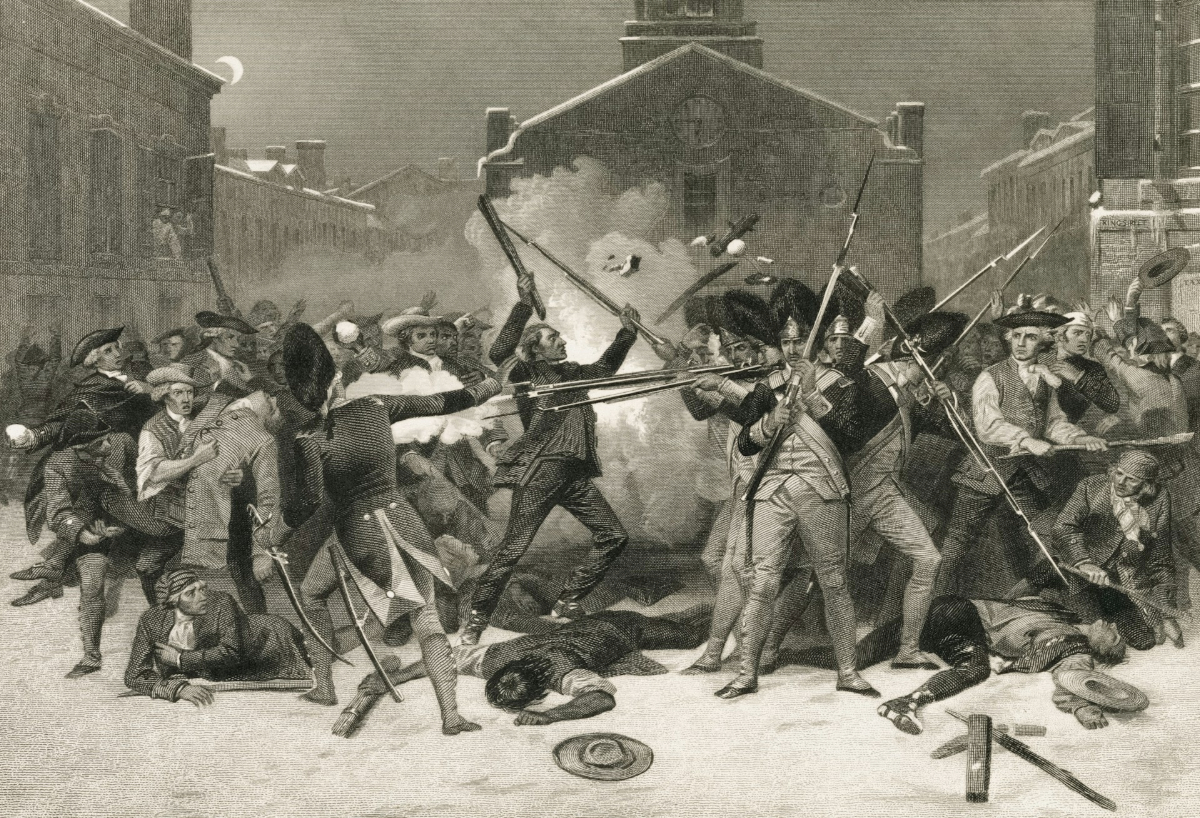Introduction: What does “Fascisterne” mean?
The term “Fascisterne” comes from Danish and means “the fascists.” While the word immediately evokes associations with World War II, authoritarianism, and political extremism, its context is much broader and deeper. From its origins in early 20th-century Europe to its modern interpretations and derivations, the concept of fascism—and those who identify with it or are labeled as fascists—has evolved considerably.
In today’s world, understanding the concept of “Fascisterne” is not limited to history. It is about recognizing political patterns, understanding extremist ideologies, and understanding how these forces shape modern societies. In this article, we analyze the history, beliefs, rise, and continued relevance of the concept of “Fascisterne” using clear, expert, and informal language that is understandable to everyone.
The Origins of Fascism: How Fascisterne Began
To understand fascism, we must first go back to the roots of fascism itself. The term “fascism” derives from the Latin “fasces,” meaning a bundle of tied rods, a symbol of unity and power. This symbol was later adopted by Benito Mussolini’s regime in Italy.
Italy: The Birthplace of Fascism
Fascisterne emerged in Italy after World War I, a period in which the country was plagued by social unrest, economic instability, and political fragmentation. Benito Mussolini, a socialist journalist, founded the Fasci Italiani di Combattimento in 1919, a paramilitary movement that promised to restore order, national pride, and military strength.
In 1922, through a combination of political maneuvering and threats of violence—the infamous March on Rome—Mussolini became prime minister. From there, Fascisternespread to Italy, characterized by nationalism, authoritarian leadership, anti-communism, and the repression of dissent.
Germany: The Rise of National Socialism
Although not identical, National Socialism in Germany shared many characteristics with Italian fascism. Led by Adolf Hitler, the Nazi Party (NSDAP) climbed to power by exploiting widespread poverty, anger over the Treaty of Versailles, and deeply ingrained antisemitism. The Nazis adopted fascist ideology but added a racist and genocidal component that led to the Holocaust.
Although the term “fascist” generally applies to Mussolini’s followers, Hitler’s Nazis are often included in the term due to their ideological commonality.
Other Fascist Movements in Europe
Fascism was not an exclusively Italian or German phenomenon. In the 1930s and 1940s, fascist movements emerged in Spain (under Franco), Hungary, and Romania, and even had sympathizers in Great Britain and Scandinavia. While not all of these groups seized national power, they all shared certain core beliefs: authoritarianism, nationalism, and a rejection of liberal democracy.
Core Beliefs: What Drives the Fascisterne?
Although Fascisterne can manifest itself differently depending on its location, there are some core elements that define its ideology.
Authoritarian Government
At its core, Fascisterne advocates the idea that a strong leader—or a centralized government—should have absolute control. Fascists often reject democratic processes as weak or chaotic, and instead advocate for one-party rule, often enforced through military or paramilitary force.
Ultranationalism
Fascisterne often place the nation above all else. This includes extreme pride in national identity, culture, and history, but also a dangerous tendency to denigrate outsiders—immigrants, minorities, or foreign influences—as threats to national purity.
Militarism and Violence
Violence is not only tolerated but glorified. Fascists view conflict as a necessary means to eradicate weakness and enforce order. Whether through street fighting, coups, or war, they believe in action, often violent, to restore their vision of greatness.
Illiberalism and Anti-Communism
Fascists view liberal values—such as freedom of speech, pluralism, and civil liberties—as signs of decadence. They view communism and socialism as enemies, primarily because these ideologies emphasize class equality and internationalism over nationalism.
Fascism in Scandinavia: A Local Perspective
It may surprise you to learn that fascism also influenced Scandinavia, although not to the same extent as Italy or Germany.
Denmark’s Experience
During World War II, Denmark was occupied by Nazi Germany. While the Danish government attempted to cooperate to prevent Denmark’s destruction, fascist groups existed. The DNSAP (Danmarks National Socialistiske Arbejderparti) was the Danish Nazi Party, founded in 1930 and largely based on the German Nazi Party.
Although the DNSAP never achieved widespread popularity, it exerted influence during the occupation and attempted to capitalize on Germany’s power. After the war, most fascists in Denmark were rejected, imprisoned, or politically forgotten.
Sweden and Norway
Sweden had its own small fascist movements, which often associated fascism with German sympathizers. In Norway, Vidkun Quisling infamously collaborated with the Nazis and led a fascist puppet government. In many parts of the world, his name is now a symbol of ultimate betrayal.
Although there are few active fascist parties left in Scandinavia today, right-wing extremist movements with similar rhetoric sometimes evoke the language or ideas of historical fascism.
Decline and Consequences: What Happened to Fascism After World War II?
The Allied victory in World War II dealt a devastating blow to fascist regimes in Europe. Mussolini was executed by Italian partisans, and Hitler committed suicide during the fall of Berlin. Fascisterne parties were banned in many countries, and trials like the Nuremberg trials brought many of their leaders to justice.
Postwar Consequences
After the war, fascism became a dirty word in much of the Western world. The horrors of the Holocaust, the destruction caused by the war, and the loss of millions of lives made fascism a symbol of evil. But that didn’t mean it disappeared completely.
Neo-fascism and the Resurgence of the Far Right
In the decades following the war, new movements emerged: groups that called themselves “patriotic” or “nationalist” but shared the same anti-democratic and xenophobic ideals. These neo-fascists, although generally fewer in number, often disguised their rhetoric with more subtle terms to avoid reprisals.
In contemporary Europe, including Scandinavia, elements of fascist ideology can sometimes be found in far-right parties that attack immigrants or minorities, spread conspiracy theories, or attempt to undermine democratic institutions.
Fascists in Modern Discourse: A Weighty Term
Today, the label “fascist” refers not only to a political party but is a serious accusation. It implies that the person supports authoritarianism, violence, and intolerance. Therefore, it is important to use this label with caution.
Political Weapon
In modern politics, the term “fascist” is occasionally used by both the left and the right to attack opponents. This overuse risks diluting the historical significance and weight of the word. Not all authoritarian leaders are fascists, and not all far-right parties are inherently fascist.
Education as a Shield
The best way to combat the influence of fascism, whether historical or modern, is through education. When people understand how fascist movements arise, how they come to power, and what their consequences are, they are better equipped to resist them.
Conclusion: The Enduring Significance of Understanding Fascism
The story of Fascisterne isn’t just a chapter in a history book. It’s a cautionary tale of what happens when hatred, fear, and unbridled power collide. The legacy of fascism remains present in today’s political discourse. Therefore, it’s more important than ever to understand its roots and recognize its modern manifestations.
By examining the ideology, rise, and consequences of fascism, we gain the knowledge needed to protect democracy, defend human rights, and ensure that history doesn’t repeat itself. While the world has changed since the days of Mussolini and Hitler, the threat of authoritarianism remains, as does our responsibility to confront it.










